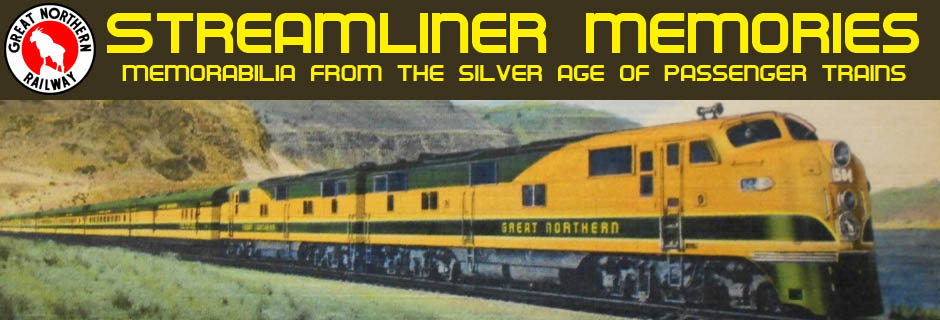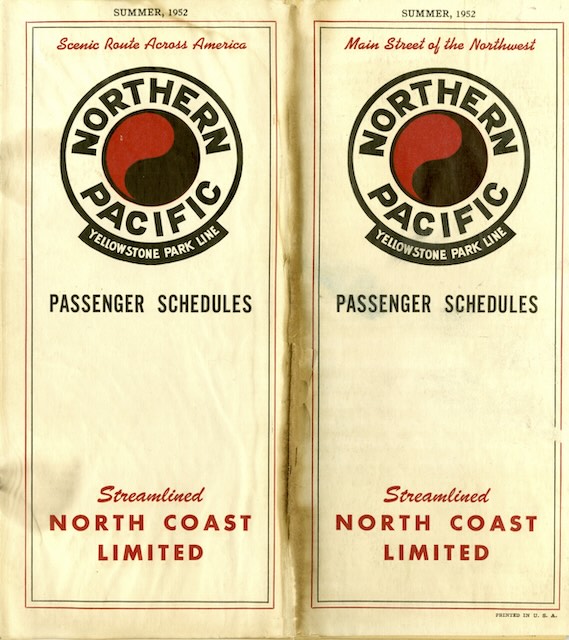As I suggested yesterday, the idea of taking long summer vacations during wartime quickly disappeared in 1942. Instead, the full-page ads on the inside and outside back covers of this timetable both focus on the war effort.
 Click image to download a 24.5-MB PDF of this 40-page timetable.
Click image to download a 24.5-MB PDF of this 40-page timetable.
The timetable no longer promises that Burlington will be able to meet all wartime demands without impairing its ability to satisfy personal travel and shipping demand. Instead, it encourages people to consult Burlington agents to find out “how best to utilize the substantial part of the transportation facilities of the Burlington that are not yet required by war traffic.”









